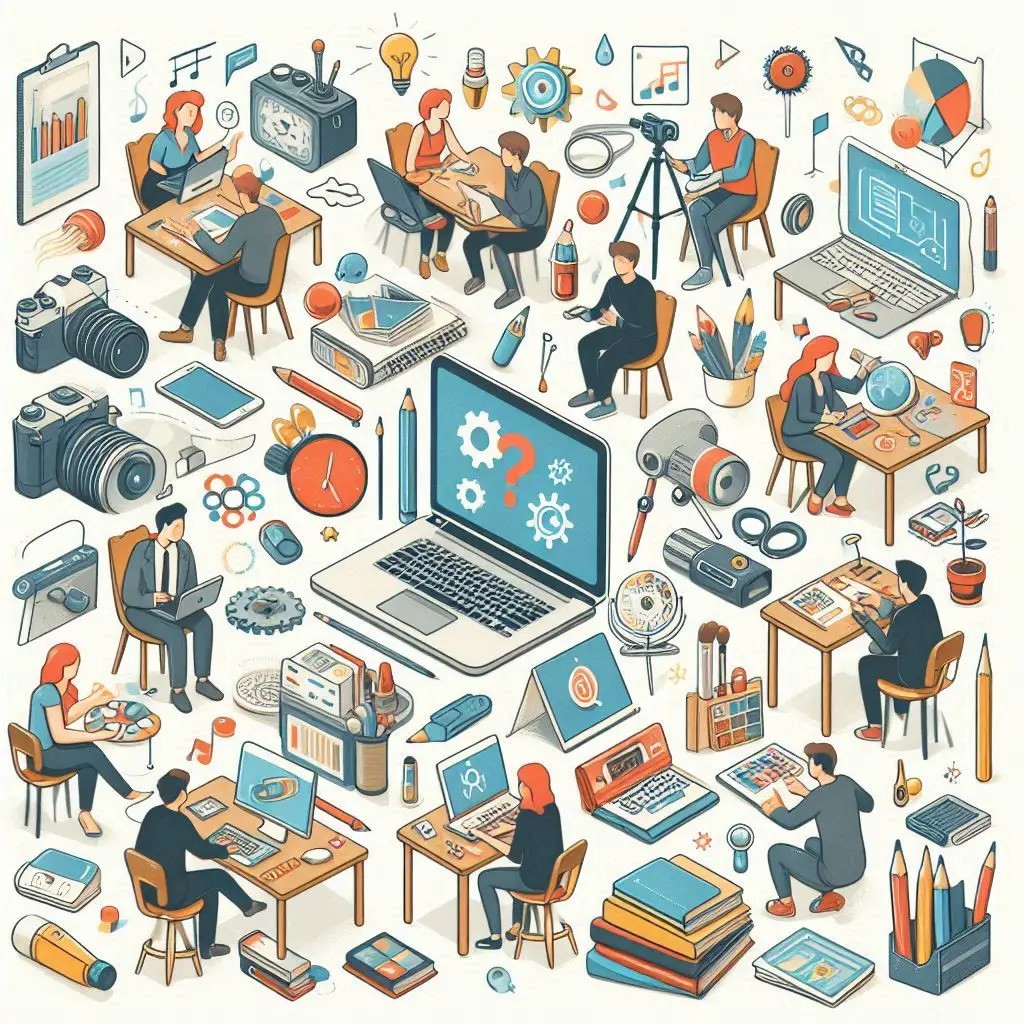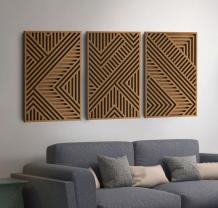What are the resources of Media Arts?
The resources of Media Arts refer to the tools, materials, technologies, and knowledge that artists use to create, produce, and share media artworks. These resources help artists express ideas through digital, visual, audio, and interactive media.
Here’s a breakdown of the main resources in Media Arts:
1. Technology & Equipment
Hardware: Computers, cameras, microphones, drawing tablets, VR/AR devices, projectors, lighting kits.
Software: Video editing (Adobe Premiere, Final Cut Pro), graphic design (Photoshop, Illustrator), animation (After Effects, Blender), audio editing (Audacity, Pro Tools), coding platforms (Processing, Unity).
2. Materials & Media
Digital files (images, video clips, audio tracks)
Physical materials for mixed media (printouts, sculptures, installation materials)
Stock libraries for sounds, images, videos.
3. Knowledge & Skills
Art and design principles (composition, color theory, storytelling)
Technical skills (editing, programming, animation)
Media literacy (understanding audiences, media effects, ethics).
4. Collaboration & Networks
Access to creative communities, workshops, and online forums
Collaboration with other artists, programmers, musicians, and designers.
5. Platforms & Distribution Channels
Social media (Instagram, TikTok, YouTube)
Online galleries and portfolios (Behance, ArtStation)
Streaming platforms, exhibitions, festivals.
6. Funding & Support
Grants, sponsorships, crowdfunding platforms
Educational institutions and workshops for training and mentorship.
Media arts encompass a broad range of creative fields that use communication technologies to create, distribute, and interact with artworks.
What Resources Are Commonly Used in Media Arts?
Resources in media arts are a blend of traditional and digital tools. Traditional resources include physical materials like film, photography paper, cameras, audio recording equipment, and lighting rigs. Digital resources, which are now predominant, consist of hardware and software like computers, graphic tablets, digital cameras, and professional-grade applications such as Adobe Creative Suite (Photoshop, Premiere Pro), Blender, and Procreate.
How Do Digital Tools Enhance Media Arts Creation?
Digital tools have revolutionized media arts by making the creative process more efficient, accessible, and versatile.
Expanded Possibilities: Digital software allows artists to manipulate and combine different media—such as video, audio, and images—in ways that were previously impossible.
Efficiency and Iteration: Features like undo, layers, and non-destructive editing enable artists to experiment freely and make changes without starting over.
This allows for rapid prototyping and refinement. Accessibility: Digital tools lower the cost and barrier to entry for many art forms.
For example, a student can learn 3D modeling with free software like Blender, eliminating the need for expensive physical sculpting materials. Collaboration: Cloud-based tools and platforms facilitate real-time collaboration among artists, regardless of their physical location.
What Are Examples of Traditional Media Arts Resources?
Traditional media arts resources rely on tangible, physical materials and processes.
Film Photography: Film stock, darkroom chemicals, enlargers, and photographic paper.
Analog Audio: Reel-to-reel tape recorders, vinyl records, microphones, and physical sound mixers.
Traditional Animation: Cel animation, which uses hand-drawn frames on transparent sheets (cels).
Physical Installations: Using tangible objects, projectors, and physical spaces to create immersive experiences.
How Can Students Access Media Arts Materials?
Students can access media arts materials through a variety of avenues, many of which are low-cost or free.
Educational Institutions: Schools and universities often provide students with free access to professional software licenses, computer labs, and equipment lending libraries.
Open-Source and Freemium Software: Tools like Blender (for 3D modeling and animation), DaVinci Resolve (for video editing), and GIMP (for image editing) are powerful alternatives to expensive industry-standard software.
Online Libraries: Websites like Pexels, Unsplash, and the Internet Archive offer free stock photos, videos, and sounds for use in creative projects.
Community Resources: Local libraries and community art centers sometimes offer workshops and access to specialized equipment for a low fee or for free.
What Are the Latest Trends in Media Arts Resources?
The latest trends are driven by technological innovation and a desire for more immersive and interactive experiences.
AI and Generative Art: The use of artificial intelligence to generate images, text, and sound is a rapidly growing field. AI tools are being used to assist artists in creative processes and to create entirely new forms of art.
Virtual and Augmented Reality (VR/AR): VR and AR are creating new platforms for storytelling and interactive art.
Artists are now creating immersive installations, interactive games, and virtual experiences that blur the line between the physical and digital worlds. Hybrid Media: There is a growing trend of blending traditional and digital media.
Artists might create a physical painting and then use digital tools to add layers of animation or augmented reality to it, creating a mixed-media piece. Blockchain and NFTs: Blockchain technology is being used to create and sell digital art as NFTs (non-fungible tokens), providing a secure way for artists to establish ownership and provenance of their digital creations.







